Nestled in the heart of County Kildare, Ireland, Leixlip Castle stands as a remarkable testament to the country’s rich and enduring history. This magnificent structure has been continuously inhabited for over 800 years, making it one of the most significant historical sites in Ireland. Located at the picturesque confluence of the River Liffey and River Rye, Leixlip Castle has borne witness to the ebb and flow of Irish history, from the Norman invasion to the modern era.
Contents
Origins and Early History
Leixlip Castle’s story begins during the tumultuous period of the Norman Invasion of Ireland in the 12th century. In 1172, just a year after the invasion commenced, Adam de Hereford, a Norman soldier under the command of the legendary Strongbow, built the castle on a strategic rock overlooking the meeting point of the two rivers. This commanding position made Leixlip Castle one of the earliest Norman fortifications in Ireland, predating even the iconic Dublin Castle by an impressive 30 years.
The castle’s strategic importance was not lost on the early Norman rulers of Ireland. In 1185, when King John was Lord of Ireland, he recognized the castle’s value and used it as a hunting base, further cementing its status as a key location in the region.
Resilience and Fortitude
Throughout its long history, Leixlip Castle has demonstrated remarkable resilience and fortitude. One of the most significant tests of the castle’s strength came in 1316 when the army of Edward Bruce laid siege to the fortress for four grueling days. Despite the onslaught, the castle’s defenders held firm, showcasing the impressive defensive capabilities of the structure.
The castle’s ability to withstand such a formidable siege underscored its strategic importance and highlighted the strength and skill of its Norman builders. This resilience would prove to be a defining characteristic of Leixlip Castle, enabling it to endure through centuries of conflict and change.
Ownership Through the Centuries
Over the centuries, Leixlip Castle passed through the hands of several prominent families and individuals. In 1567, Judge Nicholas White purchased the castle, and his family would maintain ownership for over 150 years until 1728.
It was in 1728 that William ‘Speaker’ Conolly, a wealthy and influential figure in Irish politics, acquired the castle and its surrounding 809 acres for the substantial sum of £12,000. The Conolly family’s ownership marked a new era in the castle’s history, as they transformed it into a hub of aristocratic life and a symbol of their power and prestige.
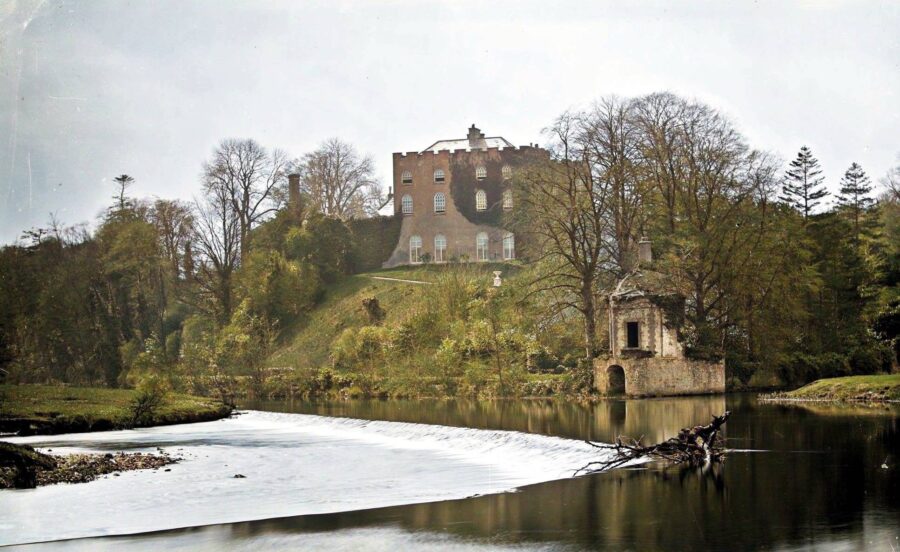
Notable Residents and Tenants
During the Conolly family’s tenure, Leixlip Castle played host to a series of notable residents and tenants. In the 1750s, Archbishop Stone, the Protestant Primate, made the castle his home, followed by the Viceroy Lord Townshend in the 1770s. Other distinguished residents included Lord Waterpark and Baron de Robeck, who tragically drowned at the nearby Salmon Leap.
As the centuries passed, Leixlip Castle continued to attract notable figures. In the 1920s, the castle served as the residence of the first French ambassador to the newly established Irish Free State. In 1945, William Kavanagh purchased the property, followed by The Hon. Desmond Guinness, a member of the renowned brewing family, who acquired it in 1958.
Architectural Evolution and Significance
One of the most fascinating aspects of Leixlip Castle is its architectural evolution, which reflects the changing styles and influences over its 800-year history. The original 12th-century Norman castle fabric forms the core of the structure, while later additions, particularly from the mid-18th century renovations, introduced elegant Georgian Gothic elements.
The result is a seamless blend of archaeological and architectural styles, creating a visually stunning and historically significant edifice. The castle’s four-bay, two-storey structure, built over a part-raised basement, features an advanced end bay, side elevation, and a corner tower, all contributing to its imposing presence.
Battlemented parapets, slate roofs, and cast-iron rainwater goods add to the castle’s distinctive character, while the pointed-arch and square-headed window openings with timber sash windows showcase the craftsmanship of different eras. The castle’s interior is equally impressive, with features such as timber paneled shutters and intricate detailing.
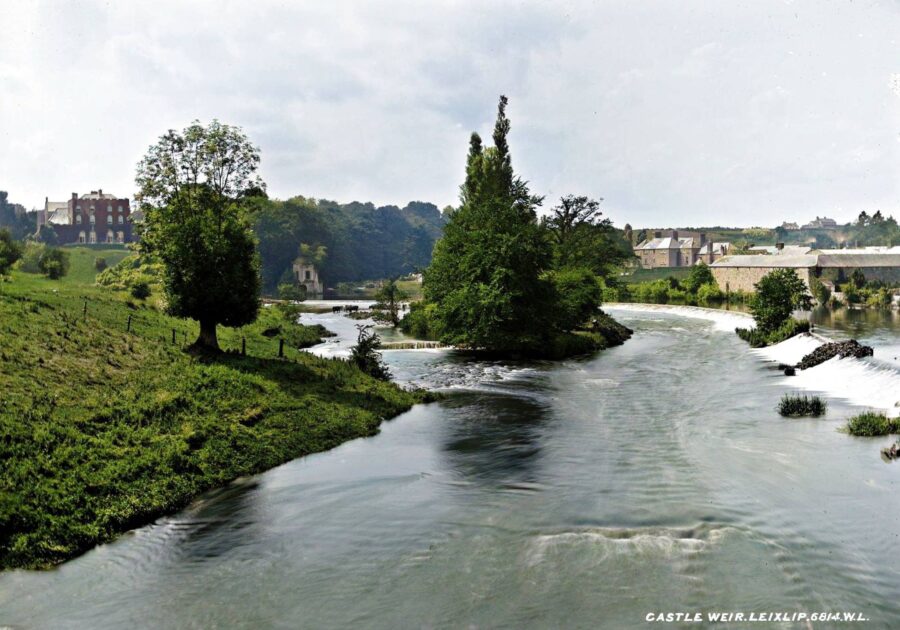
Leixlip Castle’s Impact on Local History
The presence of Leixlip Castle has had a profound impact on the development and history of the surrounding area. The long-standing existence of a settlement near the castle site played a significant role in the establishment and growth of Leixlip Village. The castle’s influence on the village’s prosperity and development cannot be overstated.
Today, Leixlip Castle stands as a landmark in the region, set amidst extensive landscaped grounds. Its imposing presence is visible from Rye Bridge, serving as a constant reminder of the area’s rich history and the castle’s enduring legacy.
Leixlip Castle’s story is one of resilience, adaptation, and enduring significance. As a witness to pivotal events and transitions over eight centuries, the castle has played a central role in shaping the history of County Kildare and Ireland as a whole.


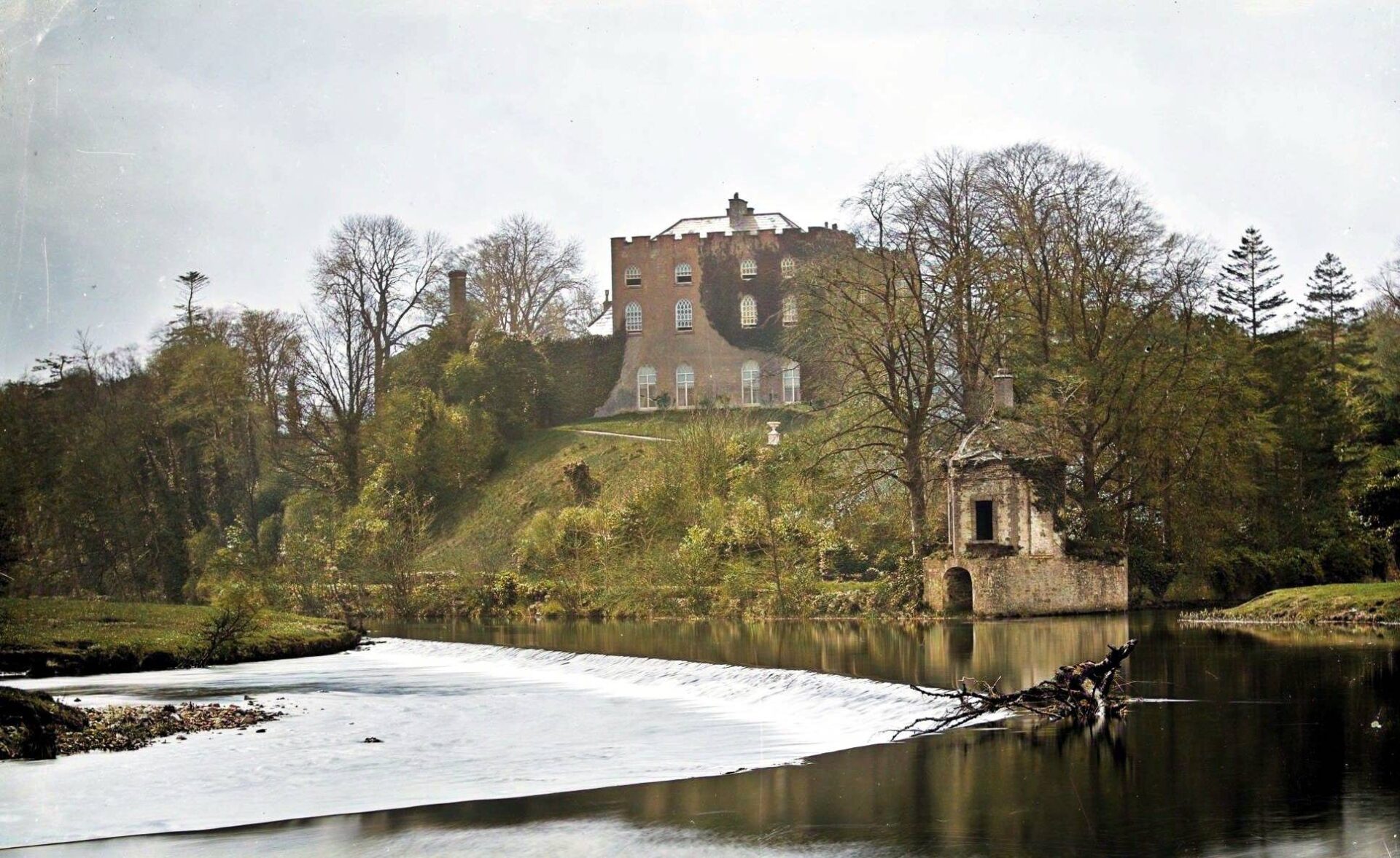
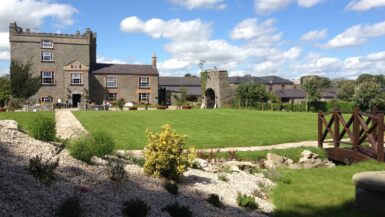

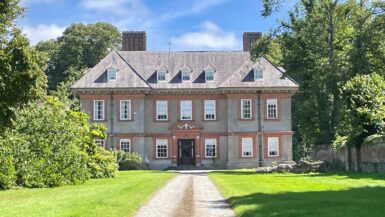
Leave a reply